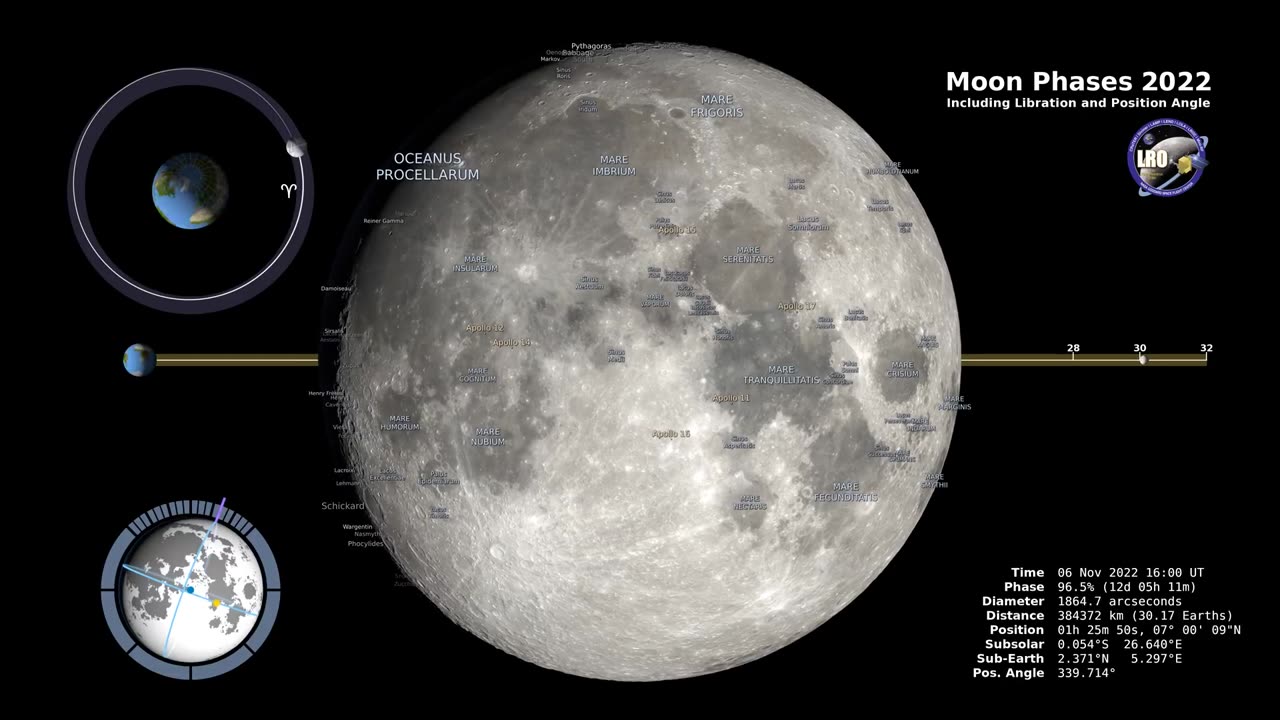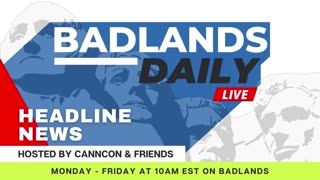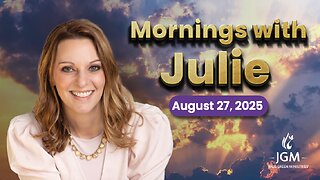Premium Only Content

Phases of Moon by NASA
This video shows different phases of moon ultra HD released by NASA on their official website
Introduction:
Start with an attention-grabbing introduction that highlights the mystery and beauty of the moon's changing appearance.
Mention that while science explains the phases of the moon through the heliocentric model, there are alternative viewpoints, such as the flat earth theory.
Round 1: Science's Perspective - The Phases of the Moon
Begin by explaining the heliocentric model, where the Earth orbits the Sun and the moon orbits the Earth.
Describe the different phases of the moon: New Moon, Waxing Crescent, First Quarter, Waxing Gibbous, Full Moon, Waning Gibbous, Third Quarter, and Waning Crescent.
Highlight how these phases are a result of the relative positions of the Earth, moon, and Sun.
Round 2: The Flat Earth Perspective - Lunar Illusions
Introduce the flat earth theory's perspective on the moon.
Explain that according to this theory, the moon is a flat disc that emits its own light, similar to a spotlight.
Describe how the changing phases could be attributed to the moon's movement and rotation above the flat Earth, creating the illusion of waxing and waning.
Round 3: Moon's Journey - Eclipses and Beyond
Discuss lunar and solar eclipses from both perspectives. Explain how they occur due to the alignment of the Earth, moon, and Sun.
Contrast the scientific explanation of eclipses with how flat earth theory might interpret these events.
Highlight other interesting moon-related phenomena, like tides, and show how the heliocentric model offers a comprehensive understanding.
Round 4: Moon Landing and Satellite Observations
Discuss the historic Apollo moon landings and the evidence they provide for the moon's physical features.
Contrast this with flat earth arguments against the moon landings and how they interpret the images and data.
Present satellite observations of the moon and how they corroborate the scientific model.
Conclusion:
Recap the main points discussed in the presentation.
Emphasize the scientific consensus and the overwhelming evidence supporting the heliocentric model.
Encourage the audience to continue exploring the wonders of space through science and critical thinking.
-
 LIVE
LIVE
Wendy Bell Radio
5 hours agoTrump Cracks The Barrel
7,282 watching -
 UPCOMING
UPCOMING
Badlands Media
9 hours agoBadlands Daily: August 27, 2025
5.3K -
 LIVE
LIVE
Major League Fishing
5 days agoLIVE! - Fishing Clash Team Series: Challenge Cup - Day 4
124 watching -
 LIVE
LIVE
Crypto Power Hour
1 hour agoWhat Coins Are The Backbone of The New Digital Revolution?
36 watching -
 LIVE
LIVE
LFA TV
3 hours agoLFA TV ALL DAY STREAM - WEDNESDAY 8/27/25
6,712 watching -
 1:22:55
1:22:55
Game On!
18 hours ago $2.62 earnedBREAKING NFL NEWS: Taylor Swift and Travis Kelce Are Engaged!
29.9K11 -
 41:04
41:04
Coin Stories with Natalie Brunell
1 day agoCooking, Culture & Crypto: Norma Chu’s Food Empire Turns Bitcoin Treasury
24.8K -
 LIVE
LIVE
JuicyJohns
1 hour ago $0.15 earned🟢#1 REBIRTH PLAYER 10.2+ KD🟢
35 watching -
 1:21:19
1:21:19
JULIE GREEN MINISTRIES
3 hours agoLIVE WITH JULIE
63.3K151 -
 LIVE
LIVE
GritsGG
1 hour agoWin Streaking! Most Wins 3485+ 🧠
21 watching